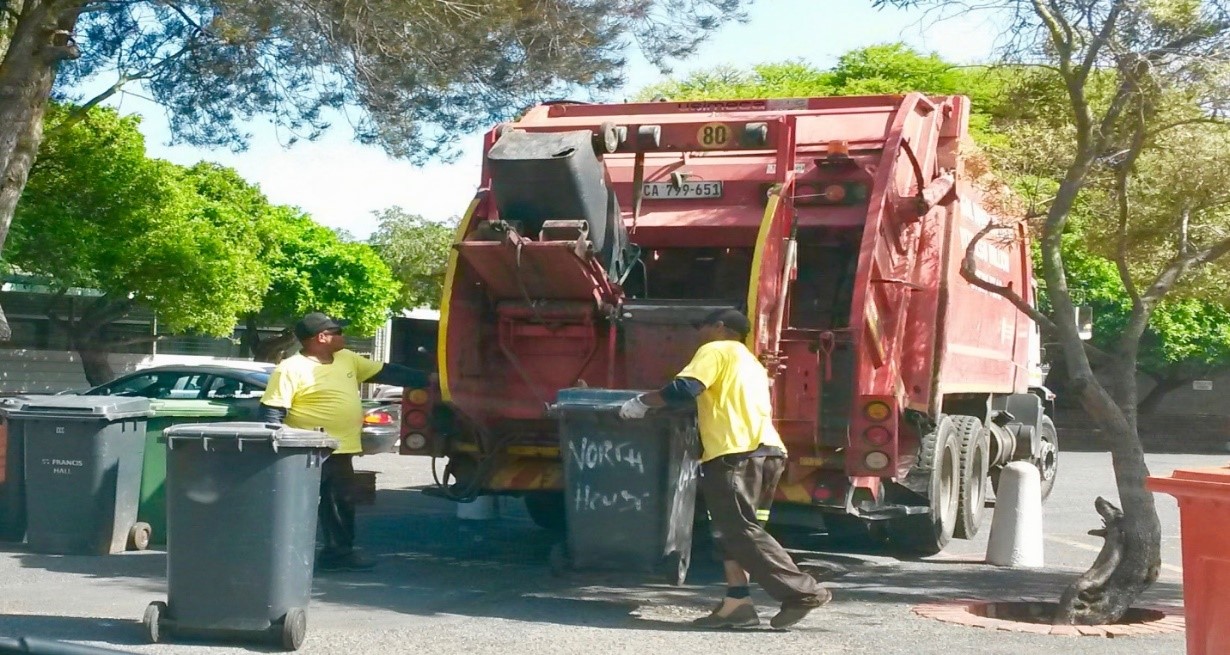Where Does Medical Waste Go?
5/20/2021

Health care facilities have to deal with different types of medical wastes each day. These facilities generate both solid and liquid waste and there are requirements when it comes to their management and disposal.
But how is this waste disposed to prevent adverse effects to human health and the environment? Let’s learn more here!
Recycling processes
Some of the medical wastes such as papers, boxes, plastics, and medical devices go through the recycling process. The solid items are first segregated and then collected by contractors. These materials are then processed for repacking to the commodity brokers, who are responsible for transforming the wastes into new products that are usable without having any risks.
Red Bags Disposal
Conclusion
Medical wastes should be regulated to prevent any risks. Each hospital must ensure proper disposal of medical waste to lower exposure to human health and the environment. The Solid Waste Disposal Act that was amended by the Medical Waste Tracking Act (MWTA) is useful in managing medical wastes in hospitals.
But how is this waste disposed to prevent adverse effects to human health and the environment? Let’s learn more here!
Recycling processes
Some of the medical wastes such as papers, boxes, plastics, and medical devices go through the recycling process. The solid items are first segregated and then collected by contractors. These materials are then processed for repacking to the commodity brokers, who are responsible for transforming the wastes into new products that are usable without having any risks.
Red Bags Disposal
In some hospitals like St. Luke in Chesterfield, medical wastes are first disposed of in red bags. The red bags come in different sizes to account for the size of the items to be disposed of. The hospital partners with a contractor that will collect these bags for further processing. They are taken through a series of sterilization, shredding, and disposal for the final process.
To ensure the safety of these wastes that might contain infectious pathogens, medical institutions have come up with regulations or protocols to be followed. For instance, medical waste in Moffitt Cancer Center and Research Institute located in Tampa is placed in a soiled-utility area. The waste is then transferred to containers where it’s passed on a medical waste hauler that is well-regulated.
Medical wastes should be regulated to prevent any risks. Each hospital must ensure proper disposal of medical waste to lower exposure to human health and the environment. The Solid Waste Disposal Act that was amended by the Medical Waste Tracking Act (MWTA) is useful in managing medical wastes in hospitals.
